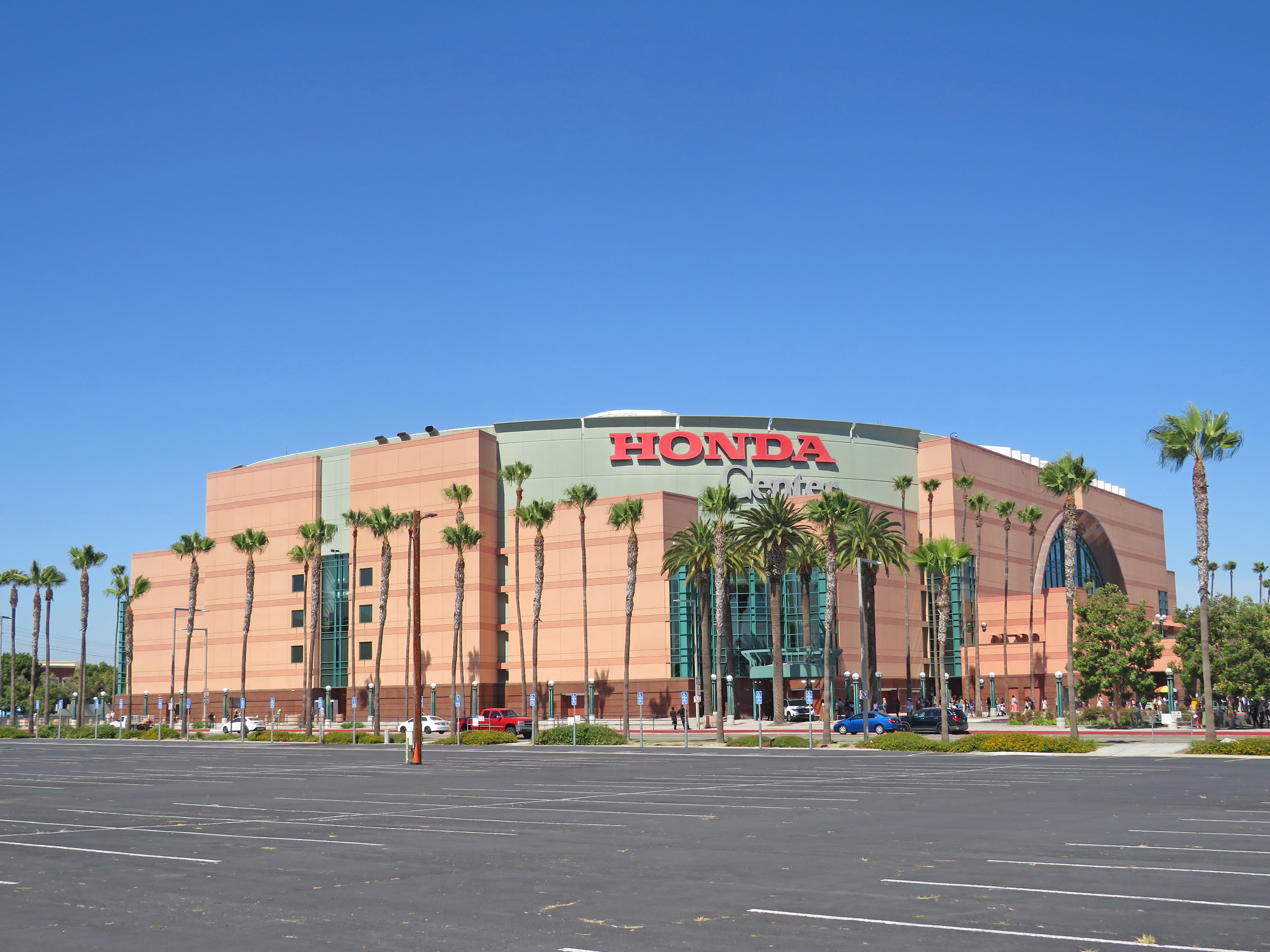The Financial Impact of Self-Checkout on Stadium Revenue

In the world of professional sports, the fan experience is paramount, not just for the sake of entertainment but also as a significant revenue driver. Among the various elements that constitute this experience, concession stands play a crucial role. They not only offer fans refreshments and snacks during events but also represent a substantial income stream for stadiums. With the advent of self-checkout systems, the way fans interact with concession stands is being reimagined, leading to notable financial implications for stadium revenue.
Boosting Concessions Revenue Through Efficiency
Stadiums are financial juggernauts on game days, with concessions alone making as much as $2 million per game, averaging about $30 per fan in attendance. This figure underscores the potential revenue at stake in optimizing the concessions experience. The introduction of self-checkout systems into this environment addresses a critical pain point: the time spent in line.
Research conducted by Oracle revealed a striking insight: fans would be willing to spend 42% more on concessions if the wait times were halved. This isn't merely hypothetical; it was put into practice at Empower Field at Mile High, home of the Denver Broncos. The stadium's efforts to cut lines in half resulted in a 34% increase in concession sales, validating the theory with substantial financial outcomes.
Operational Efficiency and Customer Satisfaction
The key to unlocking this increased revenue is operational efficiency. Self-checkout systems streamline the purchasing process, significantly reducing transaction times. This efficiency not only mitigates the lost sales attributed to long lines but also enhances the overall fan experience. Satisfied customers are more likely to make additional purchases during a game and return for future events, sustaining and potentially increasing the revenue stream.
A Case for Wider Adoption
For venues hosting a multitude of events throughout the year, such as those in the MLB, NBA, and NHL, the financial implications of implementing self-checkout systems are even more pronounced. A 34% increase in concessions revenue can translate to an additional $20 million annually. This substantial boost is not just a boon for the venues but also for the myriad small businesses operating within them, from local food vendors to merchandise retailers.
The Role of Self-Checkout Systems in Revenue Growth
The data points from Empower Field at Mile High serve as a compelling case study for other venues considering similar upgrades. Self-checkout systems like those developed by Mashgin not only cut down on wait times but also significantly enhance operational efficiency. These systems recognize all items placed in the checkout area without input or help from the customer or employees, making the process as quick as 10-15 seconds for a transaction.
By adopting such technologies, stadiums can address the twin objectives of improving the fan experience and increasing concession revenue. The success stories emerging from early adopters underscore the potential for self-checkout systems to reshape the concessions landscape, turning a functional necessity into a strategic asset.
Conclusion
The financial impact of self-checkout on stadium revenue is multifaceted, driving not only immediate increases in sales but also contributing to a more positive fan experience that has long-term benefits. As stadiums and arenas look to the future, investing in technology that streamlines operations and enhances customer satisfaction is not just a trend but a necessity, promising significant returns on investment and setting a new standard for the sports industry.

